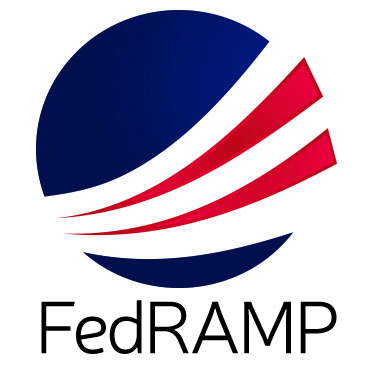As FedRAMP gains speed, true sharing still lags

New study finds that most authorized cloud services are used by just one or two agencies, but "the scope is widening."

The time it takes to get a cloud service approved under the Federal Risk Authorization and Management Program has dropped dramatically since 2014, but federal agencies' embrace of FedRAMP is still uneven, a new study suggests.
The report, from the cybersecurity management and compliance firm Coalfire, crunched data from both the FedRAMP marketplace and industry cloud service providers. Researchers found that the average time to FedRAMP authorization was now six months -- a 59 percent improvement for CSPs working directly with agencies, and a 65 percent improvement for those working with the FedRAMP Joint Authorization Board.
"That's tremendous process improvement," Dave McClure, Coalfire's chief strategist for federal, told FCW. He also noted that a substantial number of FedRAMP-approved CSPs are now relatively small firms.
"While FedRAMP is supposedly is tailored for large companies that can afford the price tag of going through the process," McClure said, roughly 14 percent of the firms had 2016 revenues of $10 million or less. The cost of securing a FedRAMP authorization, according the report, now ranges from $350,000 to $865,000.
"The scope is widening," he said, "and you're getting broader participation rather than just the large integrators with their cloud solutions."
But McClure, who helped to launch and champion FedRAMP while leading the General Services Administration's Office of Citizen Services and Innovative Technologies during the Obama administration, said agency efforts still have a ways to go.
The report estimates that 60 percent of agencies do not yet participate in the program, even though FedRAMP authorization is mandatory for virtually all cloud services used in the federal government. Six large cabinet departments -- Commerce, Defense, Energy, Health and Human Services, Homeland Security and Interior -- are using at least 20 different authorized clouds, but many more agencies remain in single digits.
And despite FedRAMP's stated goal of re-using authorizations to save time and cut costs, more than half of the authorized cloud services are being used by only one or two agencies.
McClure cautioned that this data draws on agencies' own reporting back to the FedRAMP program management office, which is not mandatory and so does not always reflect every authorization. But in general, he said, "where we found the gap was in small and medium-size agencies," where the commitment to cloud is sometimes still tentative.
While some of that can be attributed to size and budget -- and may change "as the price and timeline for FedRAMP come down" and more low-impact, software-as-a-service offerings become available, McClure said the disparities in cloud adoption also come down to leadership.
Agencies like DOD and HHS have had "leadership in place that have said they're aggressively moving to cloud solutions," he said, while many of the lagging agencies "have culturally been resistant to cloud, or skeptical of its use or security."
"Every agency in the government can benefit from cloud solutions," he argued. "It's a question of whether the CIO, the CISO, the CTO and the agency head are all in agreement that it's cost-effective and it's secure."
The Coalfire report suggests several areas where CSPs can help to improve and accelerate the authorization process, but McClure said changes are needed on the government side as well -- above and beyond the steps being taking by the FedRAMP team itself.
"It's going to require policy or transparency in reporting by the agencies," he said, to force the cultural change and get hesitant chief information security officers and CIOs to trust the security work done by others. "The baselines are the baselines," he noted. "If I'm unwilling to accept another agency's baseline assessment, I still should not have to start from scratch."
McClure was optimistic, however, that those changes can be made. Legislation is "brewing on the Hill again on FedRAMP," he said, and "we want to get these kind things built into that legislation if it starts taking shape: More transparency on reporting, more required reporting, so that we truly know how much security cloud we have around government. "


